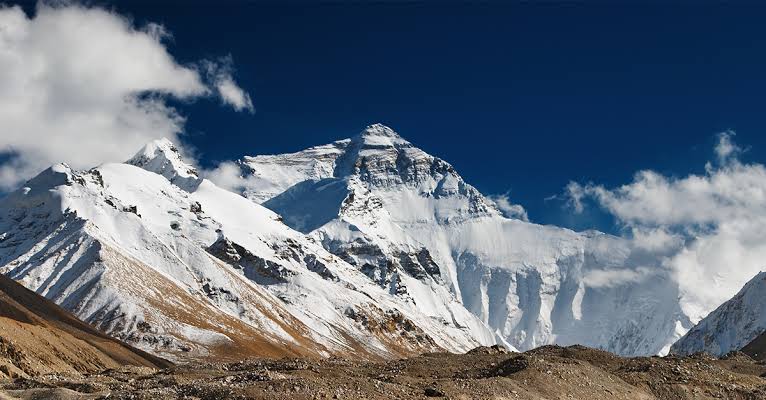Tibet An Ecological Tipping Point

by
Saurabh Dubey
Tibet is both an ecological and geo-political time bomb and the consequences of both explosions will be irreversible. Let’s consider the ecological importance of the Tibetan plateau.
The plateau is home to mighty river heads, towering mountain peaks and a plethora of pristine glaciers. It literally is a geographical super structure of an eco-system that influences atmospheric pressure which regulates weather patterns and ultimately the climate over the Northern Hemisphere. Tibet is also the third largest reservoir of freshwater on earth.
The vastness of this reservoir has been compromised to a great extent as both the quantity and quality of the water in many of the rivers flowing from Tibet to South Asia and South East Asia has been declining over the years. Industrial activities, dam building and deforestation, mining and other allied human activities have contributed to this decline.
Tibet’s fragile ecology has been dealt another major blow in the form of receding glaciers in Tibet and also the Himalayan region, which could have cascading consequences on countries which depend on these glacier-fed rivers downstream.
In 2017, the Intergovernmental Panel on Climate Change (IPCC) had warned that the glaciers in the world’s highest mountain range could vanish within three decades. “Glaciers in the Himalayas are receding faster than in any other part of the world and, if the present rate continues, the likelihood of them disappearing by the year 2035 and perhaps sooner is very high if the earth keeps getting warmer at the current rate,” the report said.
In 2018, China’s official Xinhua news agency reported, that temperatures in the north-eastern part of China’s vast Qinghai-Tibetan Plateau, often dubbed the Roof of the World, have risen more than three times faster than the global average. The plateau, which spans more than 1,000 km north to south and over 2,000 km east to west is the abode of a fragile ecosystem which is sensitive to global warming.
The report said society would have to enact “unprecedented” changes to how it consumes energy, travels and builds. Glaciers on the entire Qinghai-Tibet Plateau and neighbouring regions have shrunk 15 percent in the past half a century. The melting glaciers, as a result of rising temperatures, have expanded lakes and increased water flows in rivers originating from the area.
The melting of glaciers is not the only consequence that we have to contend with as another equally menacing problem is rearing its head which can literally be termed as being just the tip of the ice-berg. If glaciers are frozen reservoirs of life sustaining freshwater then thawing permafrost is the ecological equivalent of Pandora’s Box. Methane as a greenhouse gas is considered to be over 20 times more potent than carbon dioxide in its ability to trap heat in the atmosphere. The Tibetan plateau comprises the largest sub-Arctic permafrost region on the planet. Frozen for millions of years, the permafrost is now thawing in Tibet and the adverse consequences of it will manifest in the coming decades.




